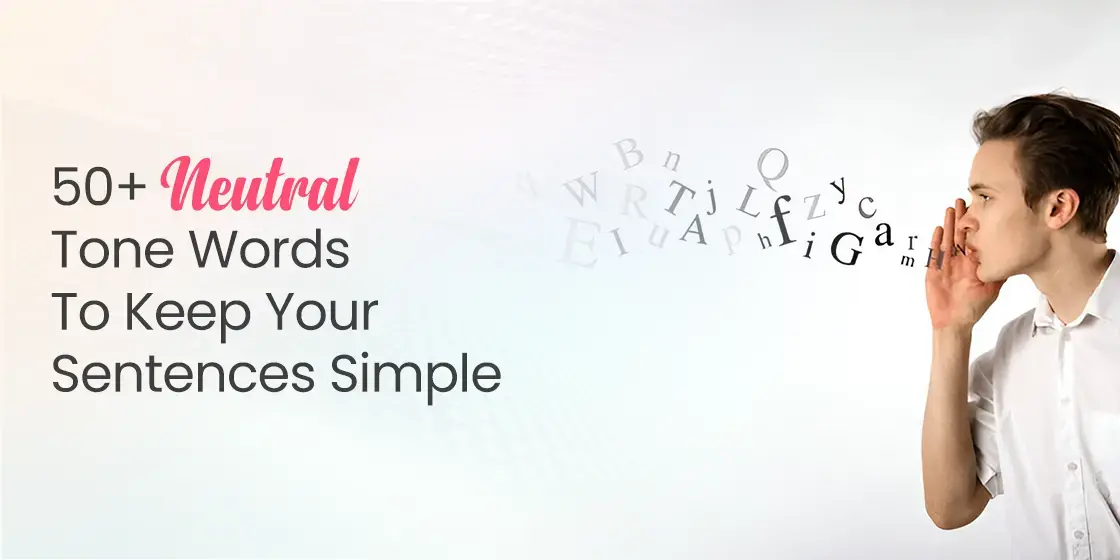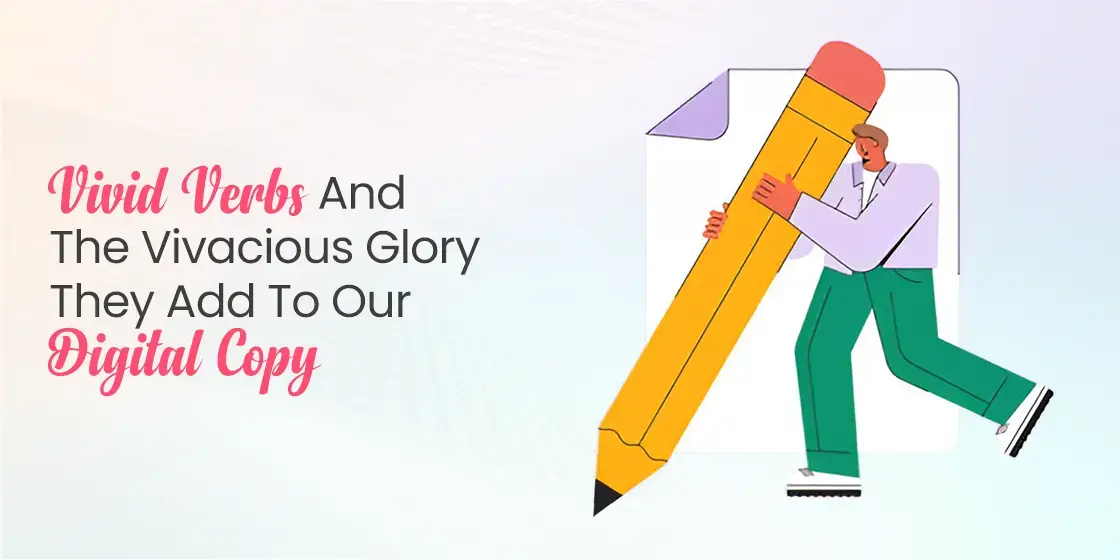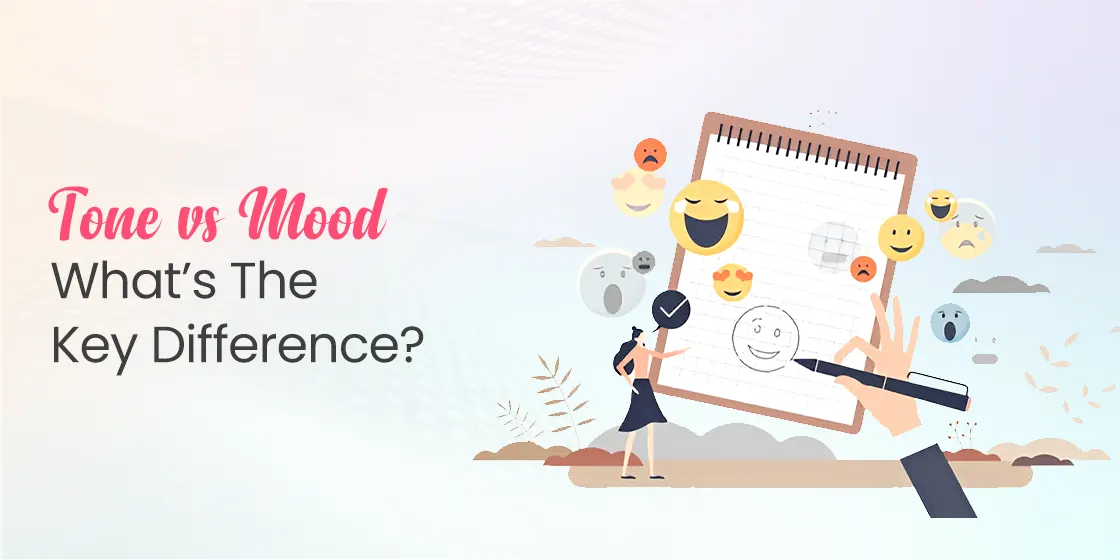Table of Content
Common Neutral Tone Words You Could Use in Different Types of Writing
Using tone words in writing is important because they allow you to build a precise perception in sentences. Besides positive and negative, some of these words are also neutral, hence they can be used in all types of situations. Knowing about these words is important because they can help you to shape any type of sentence easily. A lot of them are common and are used in routine conversations. It is better to remember them on fingertips, so that you can easily use them in sentences that require some sort of toned explanation.
Being a beginner, you can find different types of neutral tone words in dictionary. Some of them are hard to pronounce, hence they are not used frequently in writing or verbal conversations. Those that look more orthodox and simple in nature are used regularly by writers to shape up sentences. It is recommended to pay attention to those words, as they will come handy in your writing. If you want to offer professional articles writing services or copywriting solutions, you need to have a good command on these words.
In this blog, we will list down some common neutral tone words that are used by the writers regularly. So, make sure to read and understand their meanings properly, as these words can help you to build a good pool for words for blogging and copywriting. Let’ start from the basics understanding what are tone words in general.
What are Tone Words?

Tone words convey a writer’s attitude toward the subject matter or audience, shaping the reader’s perception of the message. These words serve as powerful tools that subtly communicate emotions, perspectives, and intentions, allowing writers to express anything from admiration and excitement to skepticism or indifference. By carefully selecting tone words, authors can guide readers’ interpretations and create a specific mood within their writing.
These words act as nuanced signals that help readers grasp the underlying sentiment behind a piece of writing. For example, an enthusiastic tone might use words like “thrilling” or “exuberant,” while a skeptical tone could incorporate terms such as “doubtful” or “questionable.” Whether the tone is celebratory, critical, lighthearted, or grave, these choices influence the way readers connect with and respond to the content.
Ultimately, tone words are essential in written communication, as they reveal a writer’s stance on a topic and establish a relationship with the audience. A well-chosen tone can evoke empathy, provoke thought, or even inspire action, making it a crucial element of digital copywriting. By mastering tone, writers can ensure their message is not only understood but also felt by their readers.
What are Neutral Tone Words?

Neutral tone words are particularly effective in conveying information, observations, or descriptions without imparting a strong emotional charge. Unlike words that express enthusiasm, skepticism, or urgency, neutral tone words maintain a sense of detachment, allowing the writer to present facts or ideas without bias. This quality makes them invaluable in academic, journalistic, and brand copywriting, where objectivity is key to ensuring credibility and clarity.
By using neutral tone words, writers can create a balanced and measured tone that does not sway the reader toward a particular viewpoint. Words like “observational,” “informative,” or “descriptive” help maintain an impartial stance, allowing the audience to interpret the content without being influenced by emotional undertones. This approach is particularly useful when discussing complex or sensitive topics, as it encourages readers to focus on the substance of the information rather than the writer’s personal feelings about it.
Neutral tone words contribute to clear and effective communication by fostering a sense of fairness and professionalism. Whether used in research papers, news articles, or business reports, they help writers establish trust with their audience by prioritizing accuracy and objectivity over emotional persuasion. Mastering the use of neutral tone words ensures that messages are delivered with precision, allowing readers to engage with the material in an unbiased and thoughtful manner.
50+ Neutral Tone Words Every Writer Must Remember
Looking into the dictionary, you could find different types of tone words with neutral meaning. Remembering them at once is difficult, therefore it is recommended to build a list where you can compile some of them easily. Below, we have done exactly the same, so that you don’t have to bother about anything. Let’s take a look at some common neutral tone words below.
- Accurate: The weather forecast was accurate, predicting rain right on schedule.
- Adequate: The hotel room was adequate for a short stay.
- Agreeable: The terms of the contract were agreeable to both parties
- Ambiguous: His response was ambiguous, leaving room for multiple interpretations.
- Analytical: She has an analytical mind, always breaking down problems into manageable parts.
- Appropriate: Wearing formal attire was appropriate for the business meeting.
- Assertive: She was assertive in expressing her opinion without being rude.
- Balanced: The article presented a balanced view of the controversial topic.
- Basic: The instructions were written in basic language, making them easy to understand.
- Candid: His candid remarks about the project were refreshing and insightful.
- Cautious: He was cautious when walking on the icy pavement to avoid slipping.
- Clear: The instructions were clear, making it easy to assemble the furniture.
- Clinical: His clinical approach ensured that emotions did not interfere with the diagnosis.
- Coherent: Her argument was coherent and well-structured, making it easy to follow.
- Commonplace: Smartphones have become commonplace in modern society.
- Comprehensive: The report provided a comprehensive overview of the performance.
- Concise: His email was concise, getting straight to the point.
- Concrete: She provided concrete examples to support her argument.
- Consistent: His performance at work has been consistent over the years.
- Constructive: The teacher gave constructive feedback to help improve the student’s essay.
- Controlled: The experiment was conducted under controlled conditions to ensure accuracy.
- Conventional: The conventional approach to problem-solving was not effective in this case.
- Correct: His answer was correct, aligning with the facts presented in the textbook.
- Courteous: The customer service representative was courteous and helpful.
- Credible: The journalist cited credible sources to support her claims.
- Decisive: His decisive leadership helped the company navigate the crisis successfully.
- Definite: There was a definite improvement in his performance after additional training.
- Detached: The scientist maintained a detached perspective while analyzing the data.
- Direct: Her direct approach made it clear what she expected from her team.
- Discreet: He was discreet when discussing the sensitive matter with his colleague.
- Dispassionate: The judge remained dispassionate while delivering the verdict.
- Documented: The study’s findings were well-documented and peer-reviewed.
- Educational: The documentary was highly educational for young kids.
- Effective: The new marketing strategy proved to be highly effective.
- Efficient: The new software made data processing more efficient.
- Elementary: The book explains scientific concepts in an elementary manner.
- Empirical: His conclusions were based on empirical evidences.
- Equitable: The company’s policies ensure an equitable distribution of resources.
- Even-handed: The mediator was even-handed in addressing both sides of the dispute.
- Evident: It was evident that he had put a lot of effort into his presentation.
- Exact: The scientist recorded the exact measurements to ensure accuracy.
- Explicit: The contract had explicit terms, leaving no room for misinterpretation.
- Expository: The textbook provided an expository explanation of complex theories.
- Factual: His statement was purely factual, without any exaggeration.
- Fair: The teacher gave each student a fair chance to express their opinion.
- Formal: The letter was written in a formal tone suitable for business communication.
- Frank: She was frank about her concerns regarding the project deadline.
- Functional: The design of the chair was simple yet highly functional.
- General: The general consensus was that the new policy would benefit employees.
- Honest: He gave an honest review of the product, highlighting both pros and cons.
- Impartial: The referee remained impartial throughout the game.
- Incisive: Her incisive remarks quickly identified the core of the issue.
- Inclusive: The school promoted an inclusive environment for all students.
- Informative: The seminar was highly informative, covering a range of useful topics.
- Inoffensive: His comments were inoffensive and did not upset anyone.
Frequently Asked Questions
| What are positive tone words? Positive tone words are words that convey optimism, enthusiasm, confidence, or warmth in writing or speech. They create an uplifting, encouraging, or friendly tone, making the message more engaging and pleasant for the audience. |
| What are negative tone words? Negative tone words are words that express pessimism, criticism, anger, or disappointment in writing or speech. They create a sense of negativity, dissatisfaction, or hostility, influencing the audience’s emotional response. |
| What are neutral tone words? Neutral tone words are words that convey information or observations without strong emotional bias, maintaining objectivity and balance. They create a clear, factual, and impartial tone, making the message straightforward and professional. |
Final Words
That concludes our entire article in which we have listed different types of neutral tone words that are used in writing and verbal communications. A lot of these words are common, yet they are often forgotten by the people due to various reasons. Due to being neutral in nature, these words can be used in different sentences that are simple and straightforward. So, try to memorize them correctly, as they can amplify your writing by bringing in more value to the sentences.

Unleash your brand story`s potential with eContentSol – your creative writing companion. We craft narratives that captivate. Ready to elevate your content game? Dive into creativity with us and let`s bring your ideas to life.


